Southern Ethiopia
Omo Valley
Extraordinary cultural integrity, that there is more than a smattering of truth in the assertion that as recently as 50 years ago the people of South Omo were scarcely aware that such an entity as Ethiopia existed.
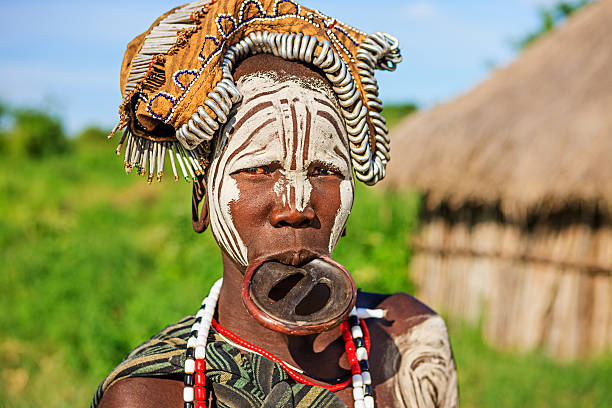
Hammer
The Hamer is a tribal people in southwestern Ethiopia. They live in Hamer Bena woreda (or district), a fertile part of the Omo River valley, in the Debub Omo Zone of the Southern Nations, Nationalities, and Peoples Region (SNNPR).
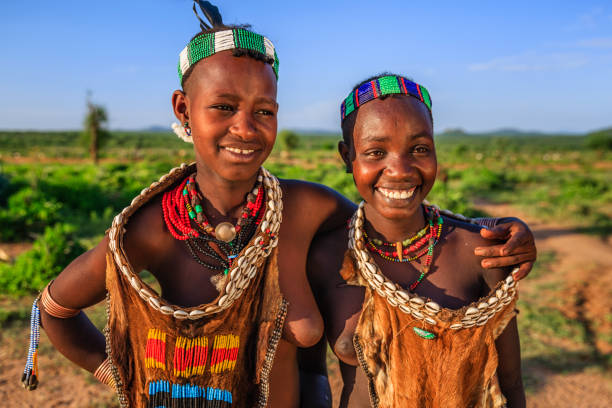
Konso
named after the Konso people, is known for its religious traditions, waga sculptures, and nearby fossil beds (the latter an archaeological site of early hominids). The site was added to the UNESCO World Heritage List on September 30, 1997 and registered on 2011 due to its purported universal cultural significance of terracing agricultural practice.
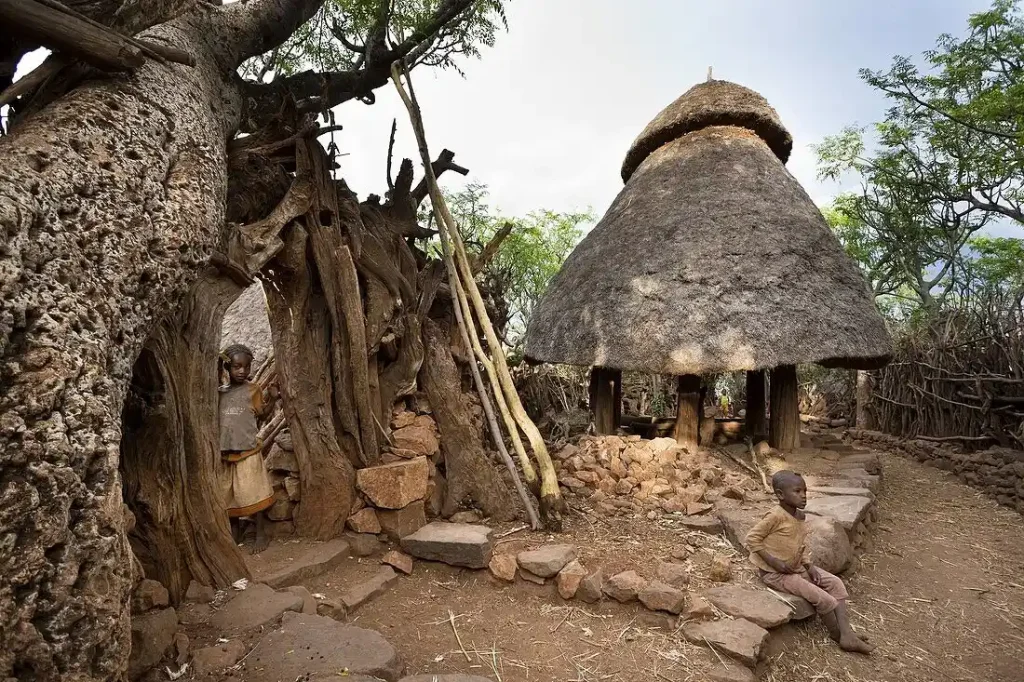
Mursi
The Mursi are a nomadic cattle herder ethnic group located in the Debub Omo Zone of the Southern Nations, Nationalities, and People’s Region in Ethiopia, close to the Sudanese border. According to the 2007 national census, there number is estimated 7,500. The Mursi people are the most popular in Ethiopia’s Omo Valley.
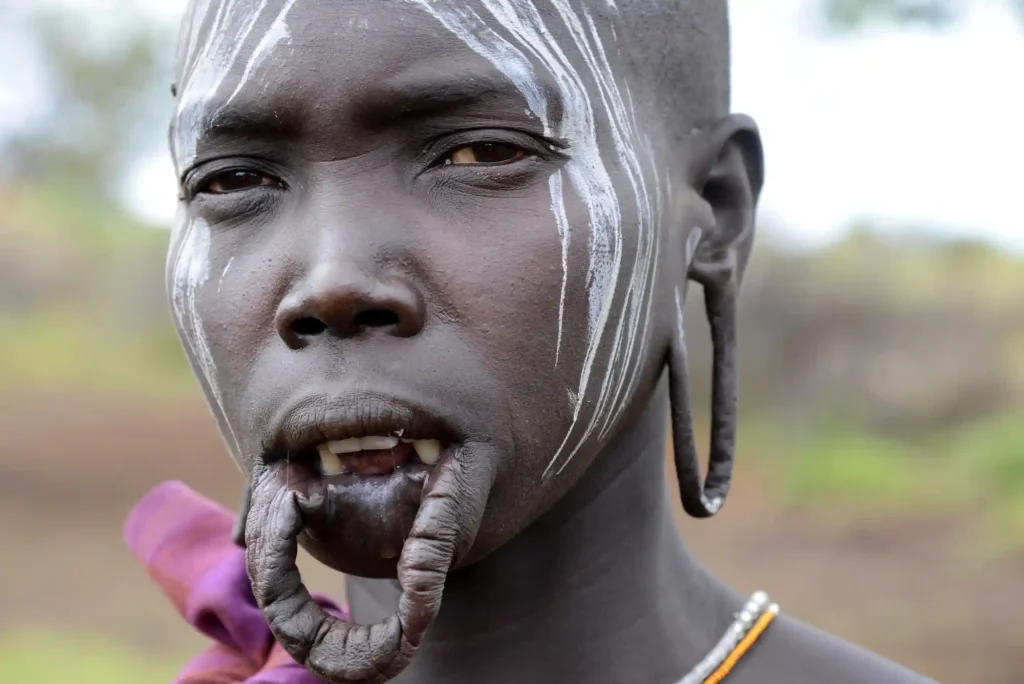
Arbore Tribe
The Arbore tribe is a small tribe that lives in the southwest region of the Omo Valley. They have ancestral and cultural associations with Borenna and Konso peoples and perform many ritual dances while singing. The Tsemay people are their neighboring tribe. Arbore people are pastoralists (livestock farmers).
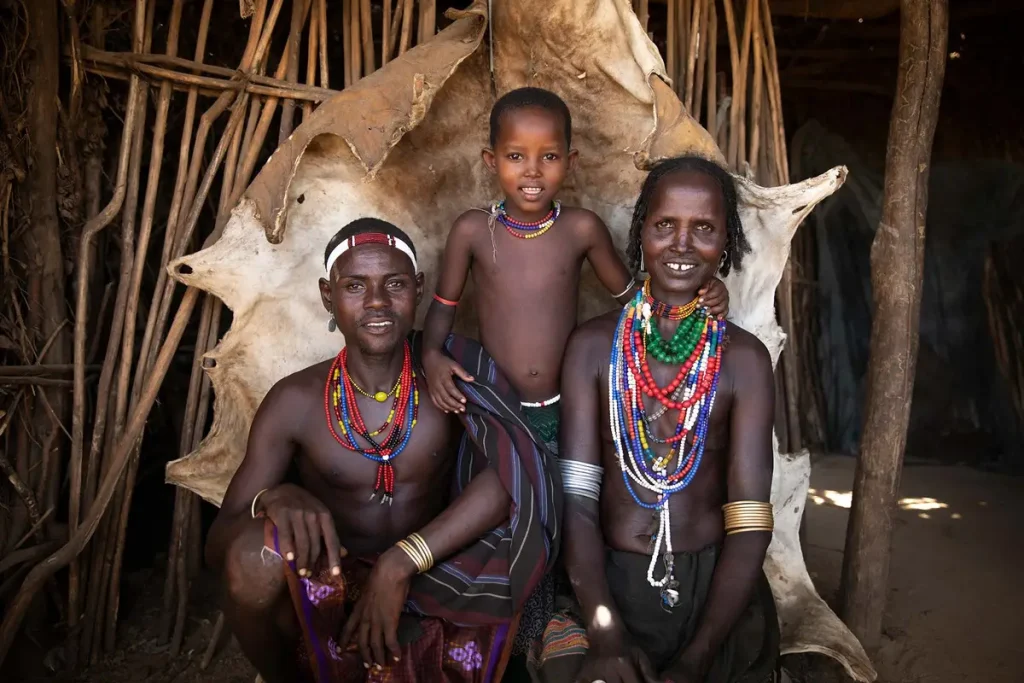
Karo
A small but culturally rich tribe, the Karo people live along the eastern banks of the Omo River. They are famous for their elaborate body and face painting using chalk, charcoal, and ochre. The Karo are expert riverine farmers and cultivate crops such as maize and sorghum. Their artistic body decorations are not just aesthetic but also carry social and ritual significance.
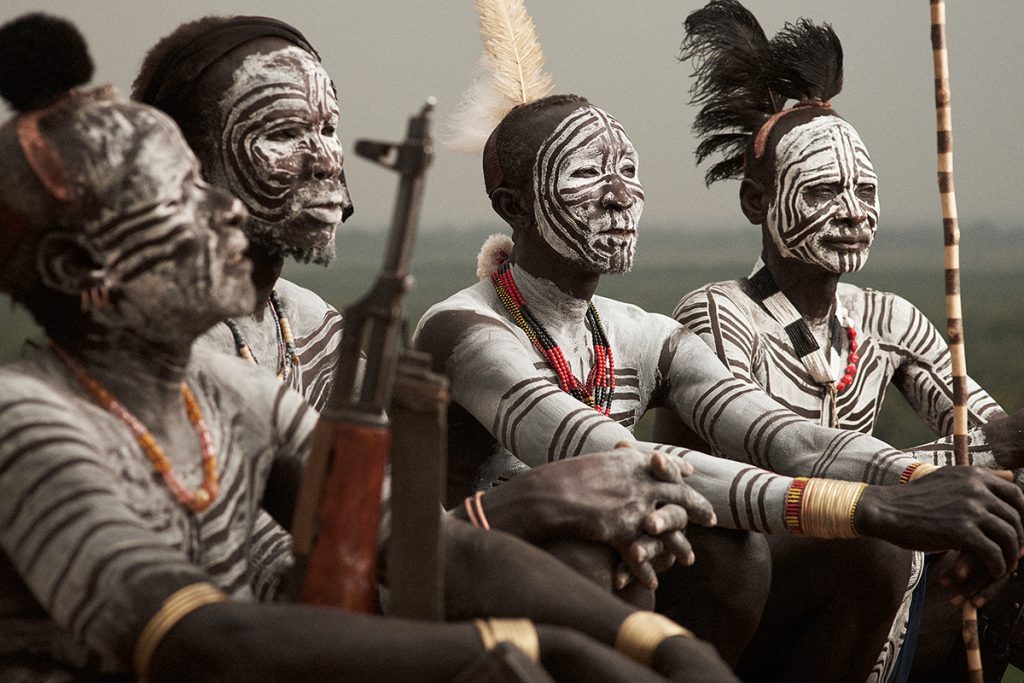
Dassanech
Living near the delta of the Omo River by Lake Turkana, the Dassanech (also known as Galeb) are agro-pastoralists who rely on cattle, sorghum farming, and fishing. Despite the arid environment, they are highly adaptive and resilient. The Dassanech are known for their unique hairstyles, elaborate scarification, and elaborate coming-of-age ceremonies. Women often wear jewelry made from recycled materials like bottle caps and beads.
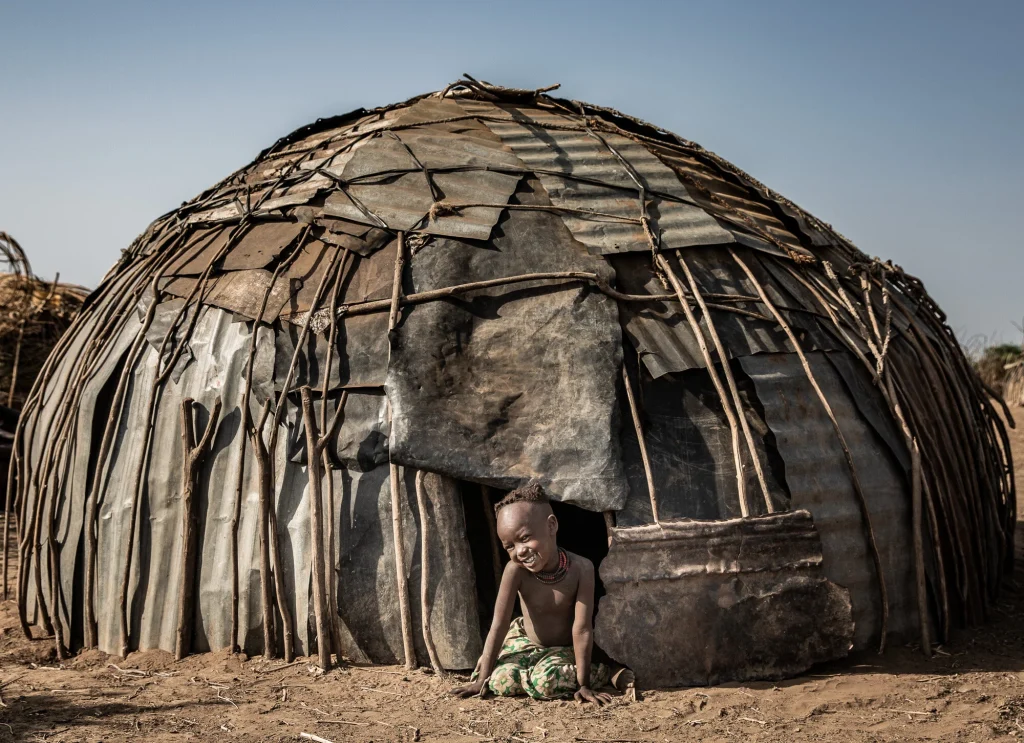
Banna
Closely related to the Hamer, the Banna people inhabit the highland regions between Key Afer and Jinka. They practice both pastoralism and agriculture and are known for their colorful clothing and hairstyles, often decorated with clay and beads. Music and dance are central to social life, and the Banna are also skilled beekeepers.
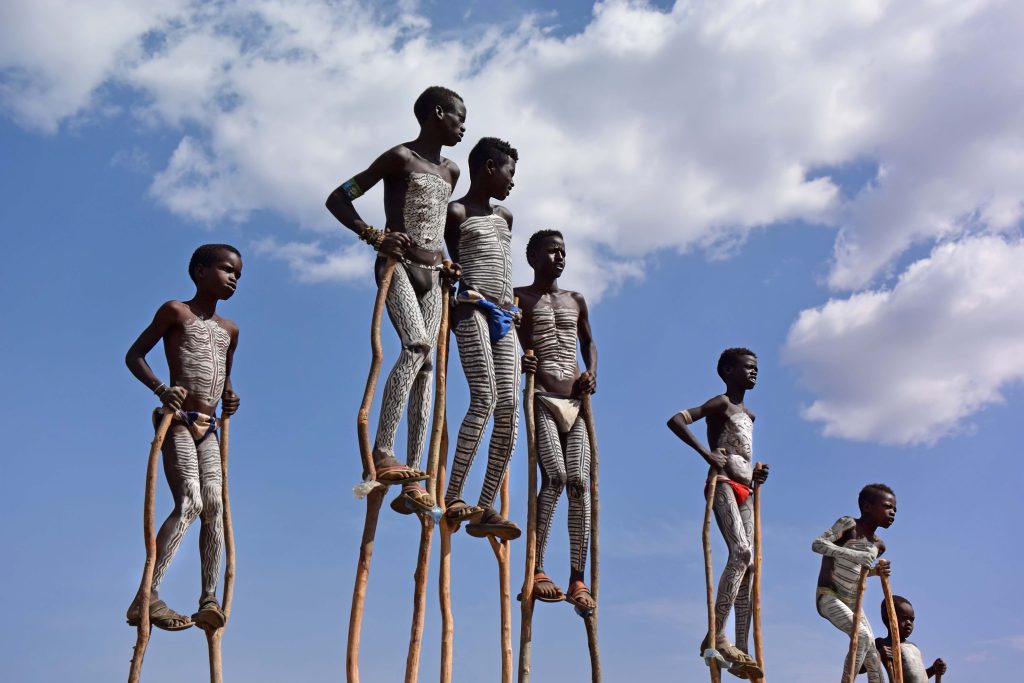
Tsemay
The Tsemay live south of the Konso and east of the Hamer. They are pastoralist-agriculturalists, cultivating crops along the Woito River. The Tsemay are known for their beaded adornments, face markings, and strong oral storytelling traditions. Their women often wear leather garments decorated with beads and shells.
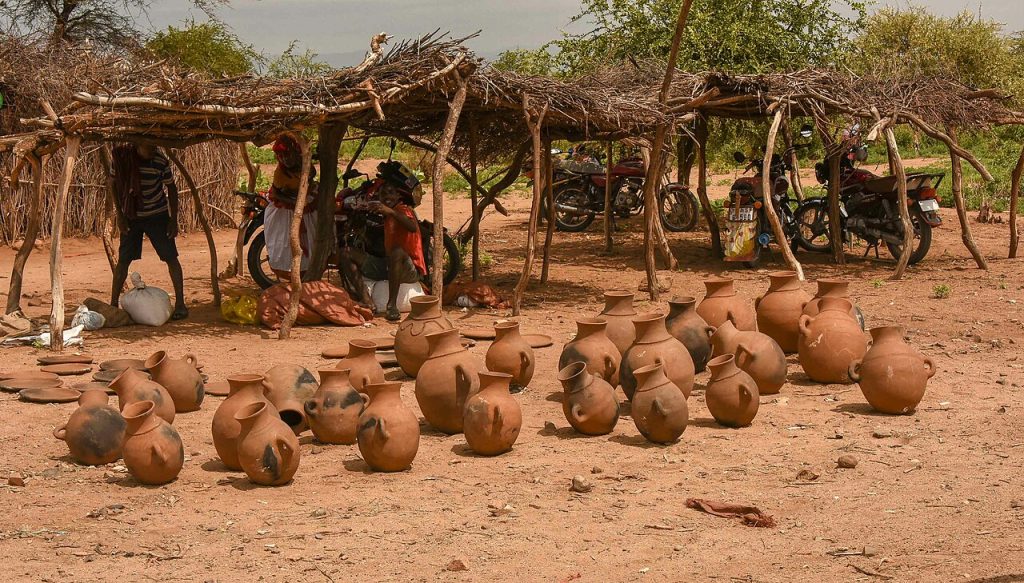
Nyangatom
Also known as the Bume, the Nyangatom live along the border with South Sudan. They are fierce pastoralists and semi-nomadic, constantly migrating in search of grazing land. Known for their warrior culture, large earrings, and body scarification, they maintain a distinct identity despite their proximity to other tribes. The Nyangatom language is part of the Nilotic family.
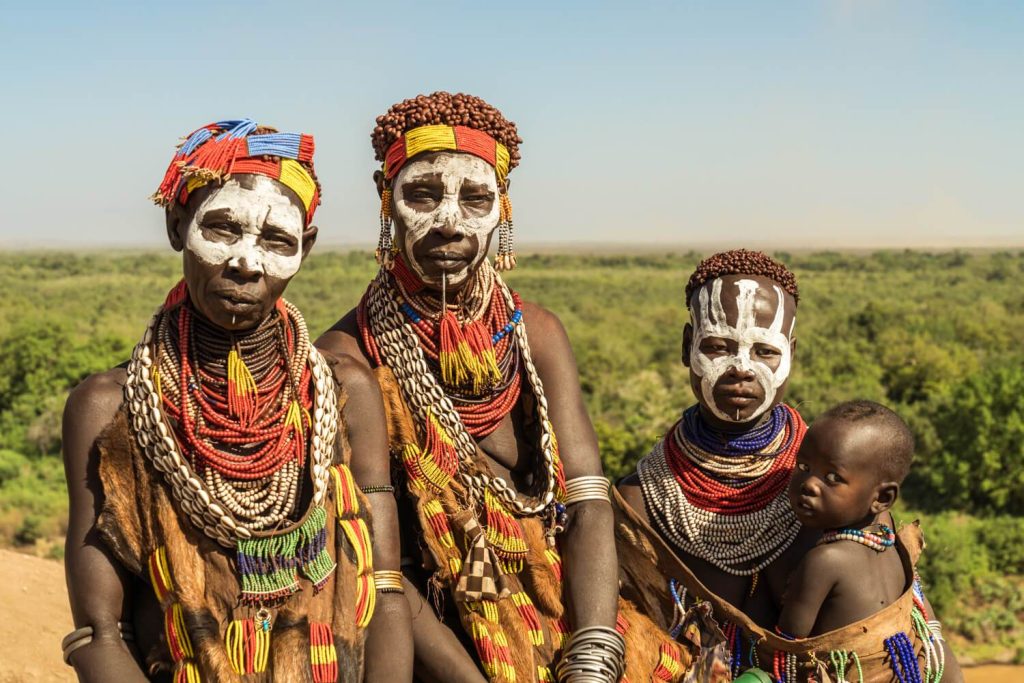
Ari
The Ari people live in the fertile highlands around Jinka. They are the most agriculturally developed of the Omo tribes and grow a variety of crops including bananas, coffee, and maize. The Ari are known for their pottery, blacksmithing, and colorful clothing. They often serve as artisans and traders and are more integrated into the national economy than many neighboring tribes.
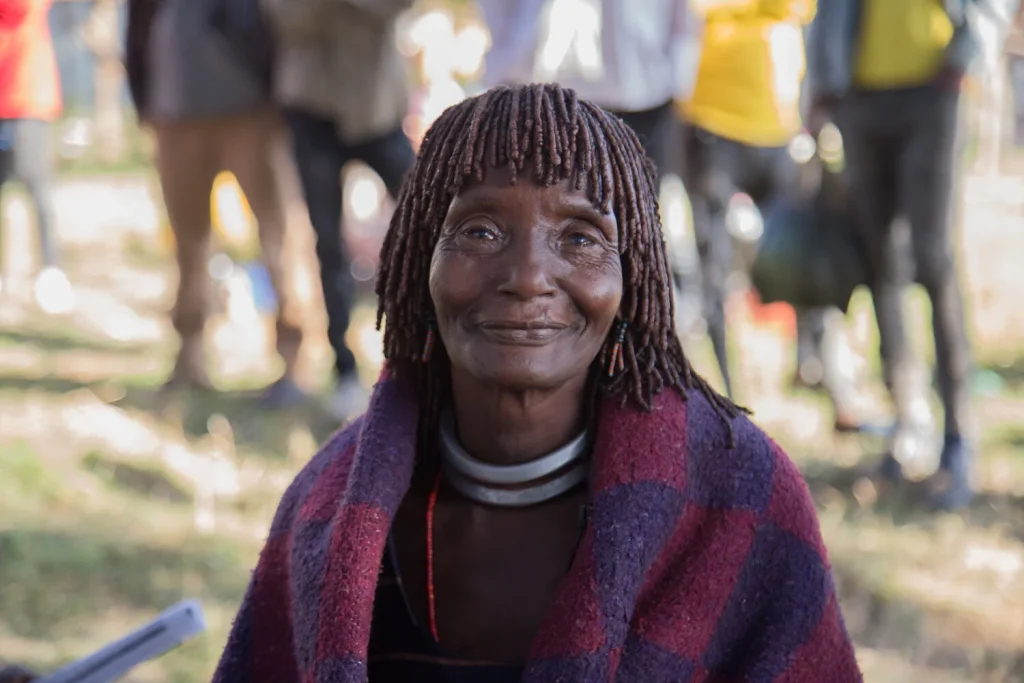
Surma
Though technically outside the main Omo Valley circuit, the Surma (or Suri) in the western highlands of the SNNPR are culturally similar to the Mursi. Surma women also wear lip plates, and the men are famed for their ritual stick fighting (Donga)—a test of strength, bravery, and skill. Surma society is deeply egalitarian, and body painting is an important art form among both genders.
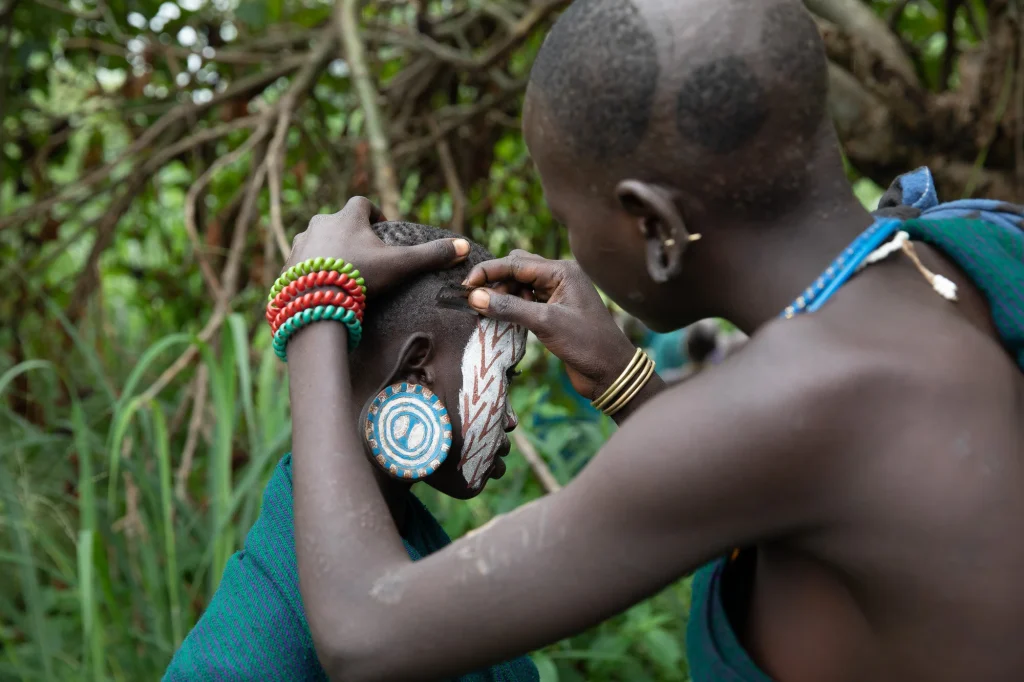
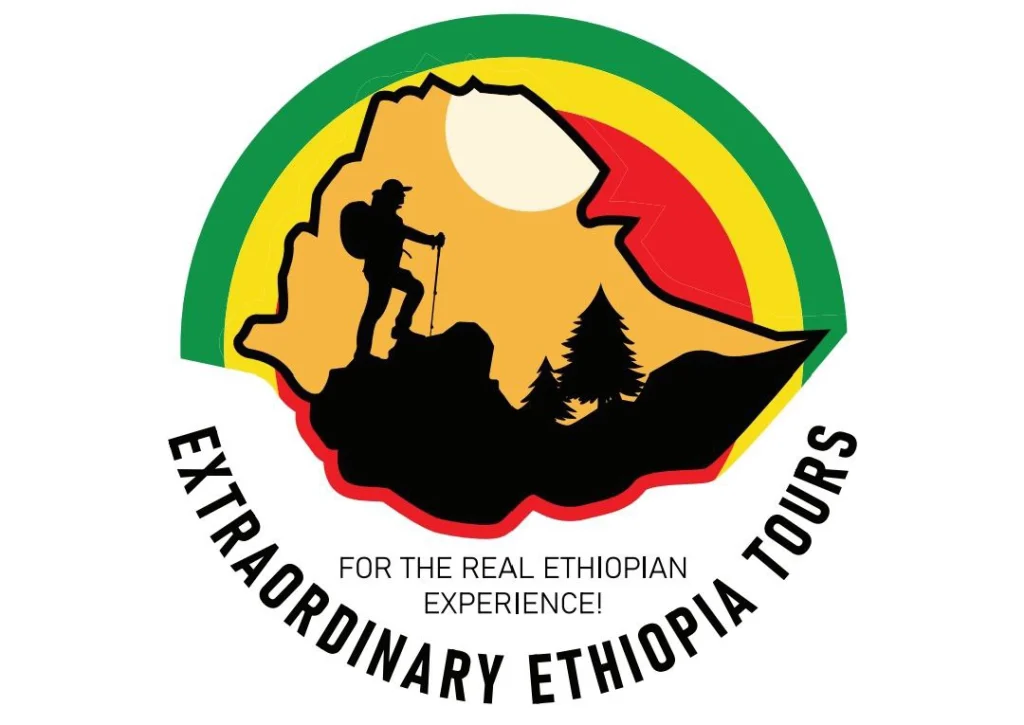

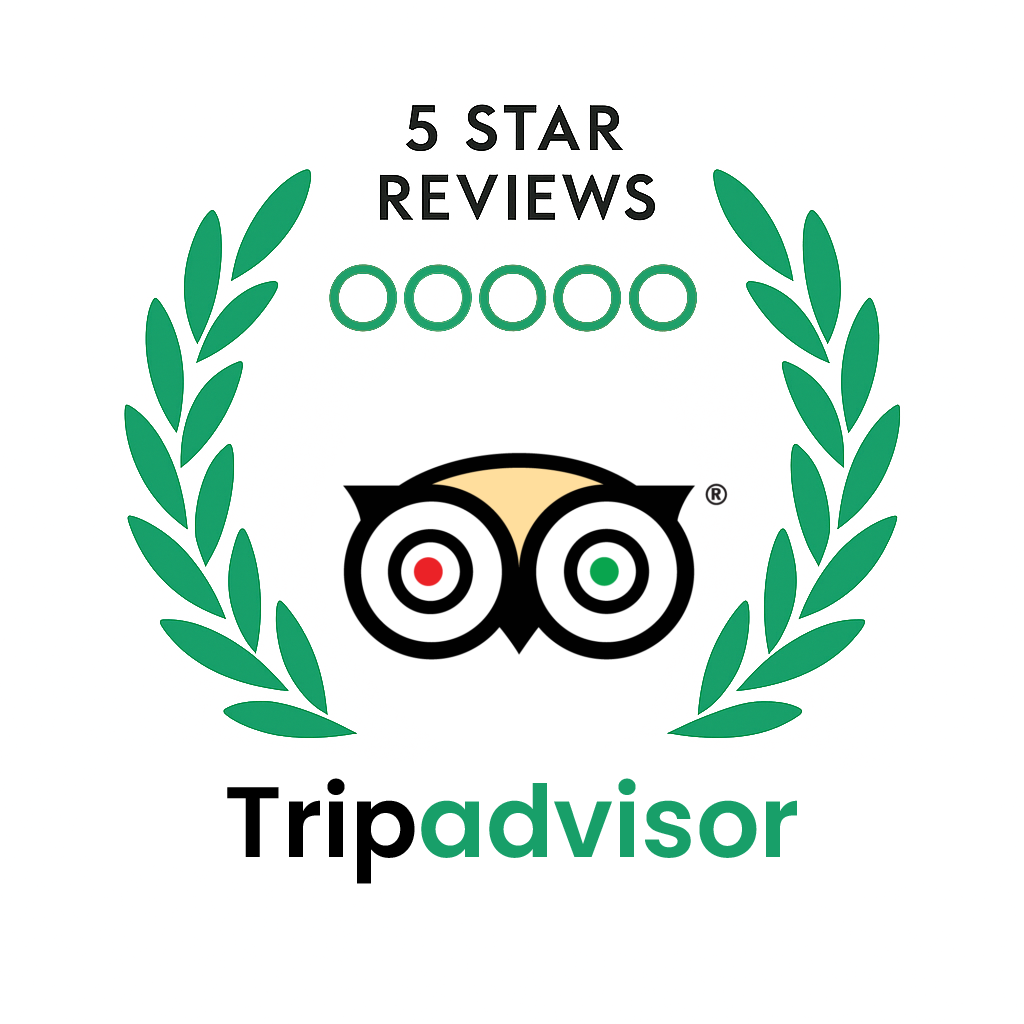
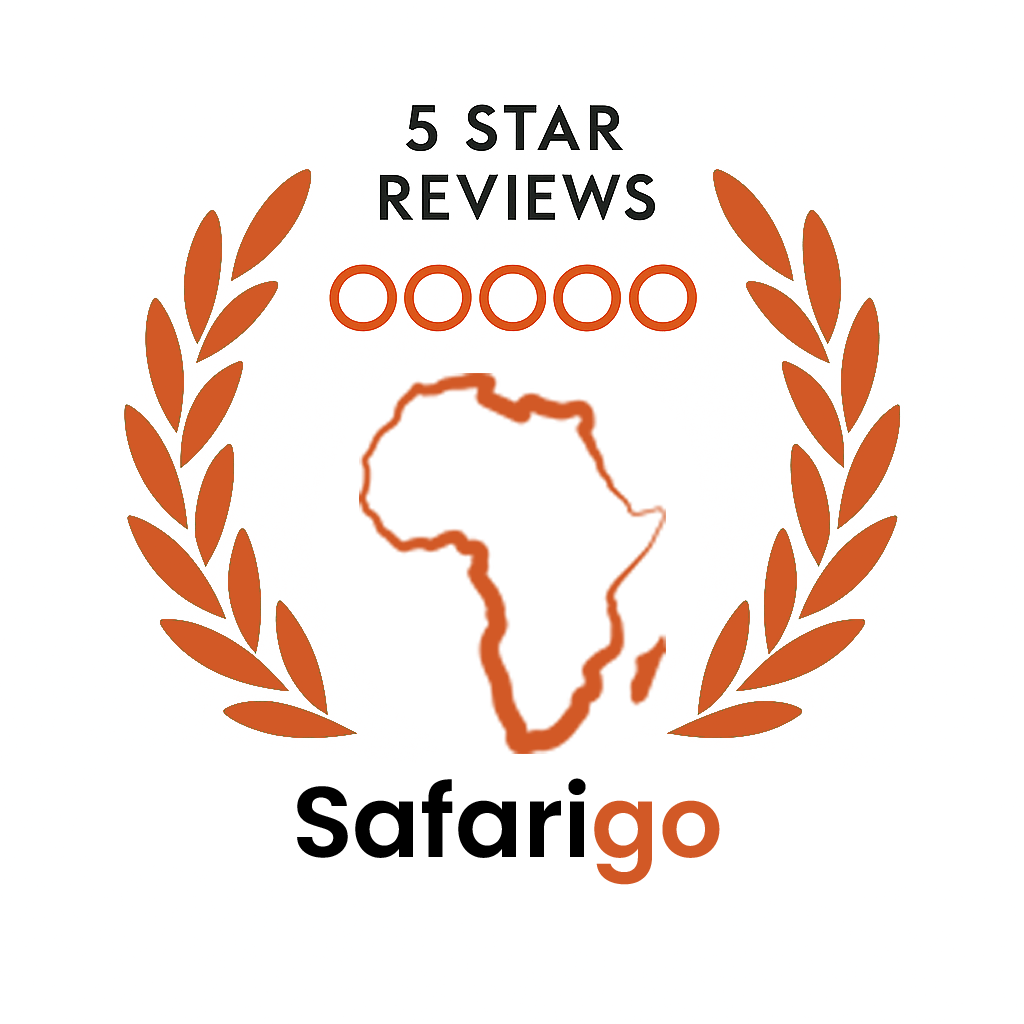
 Creative Web ET
Creative Web ET